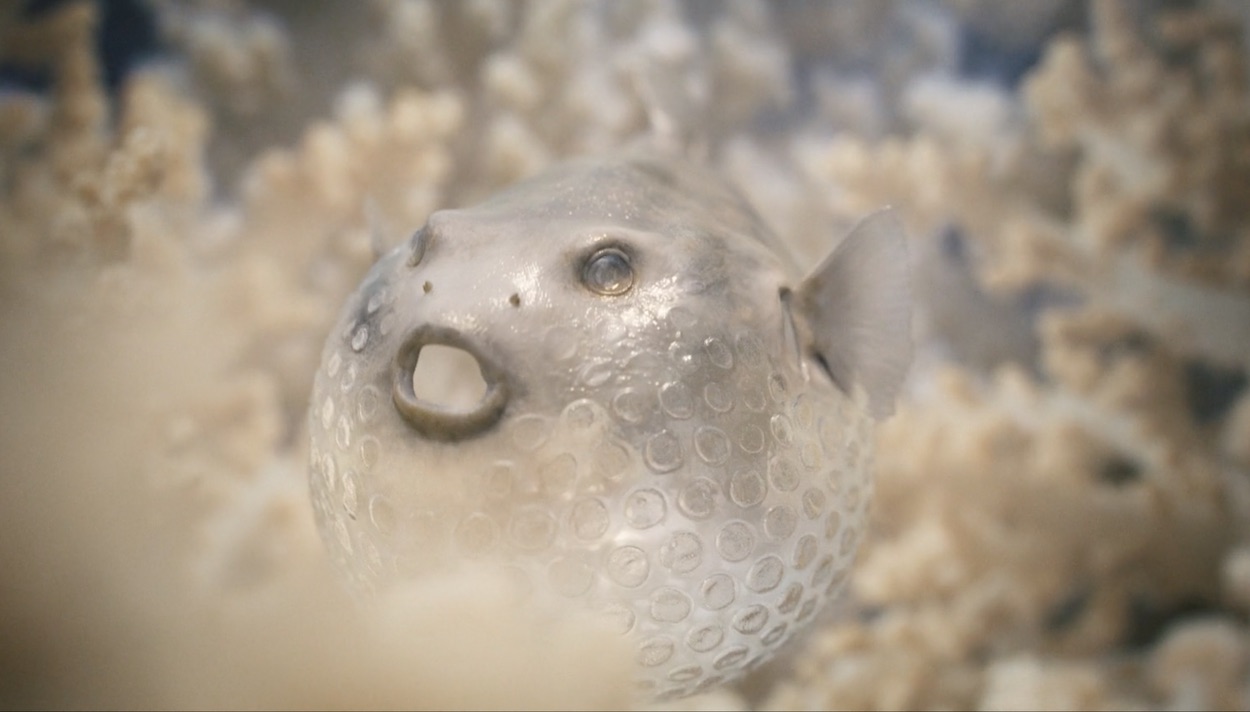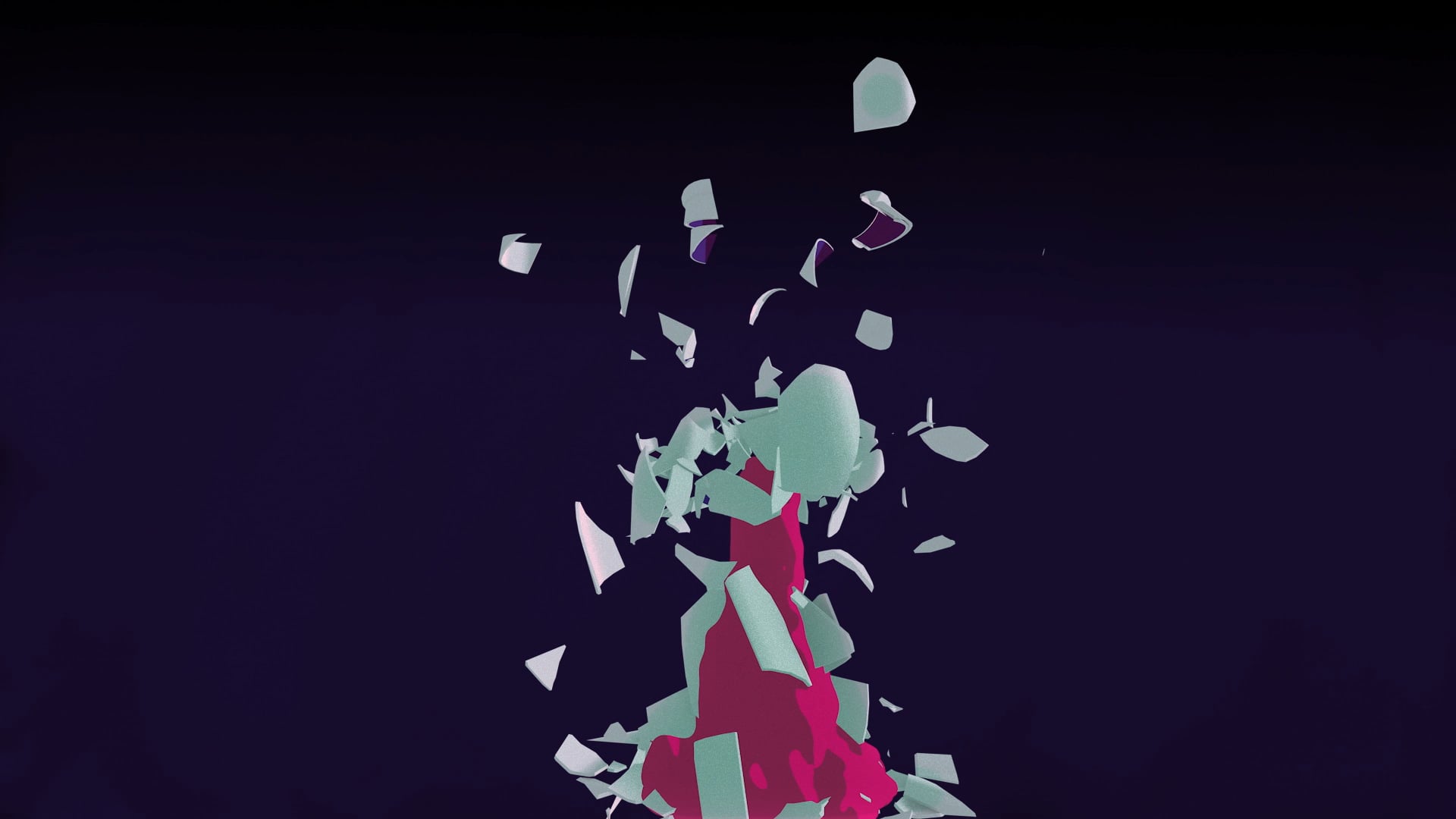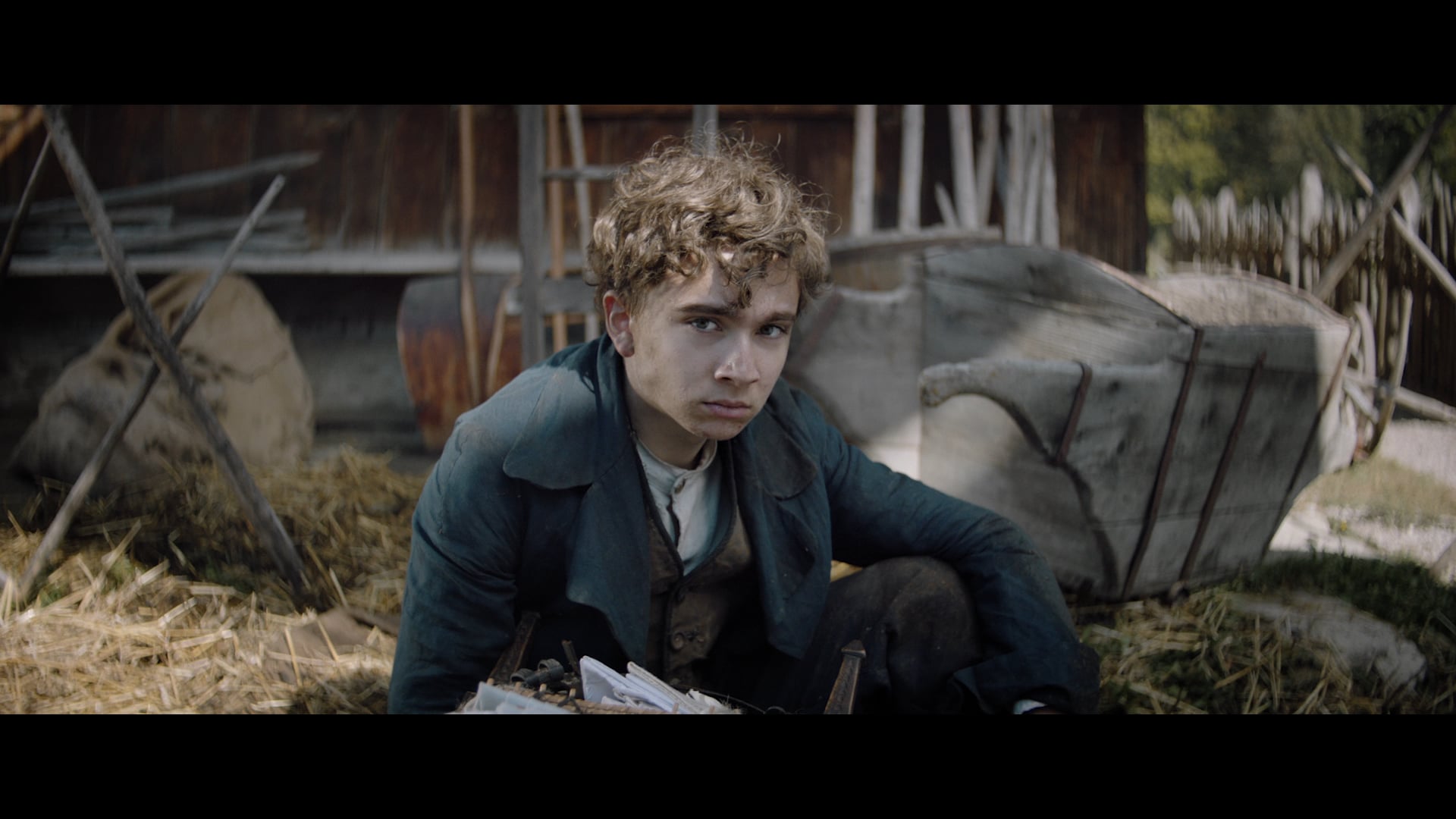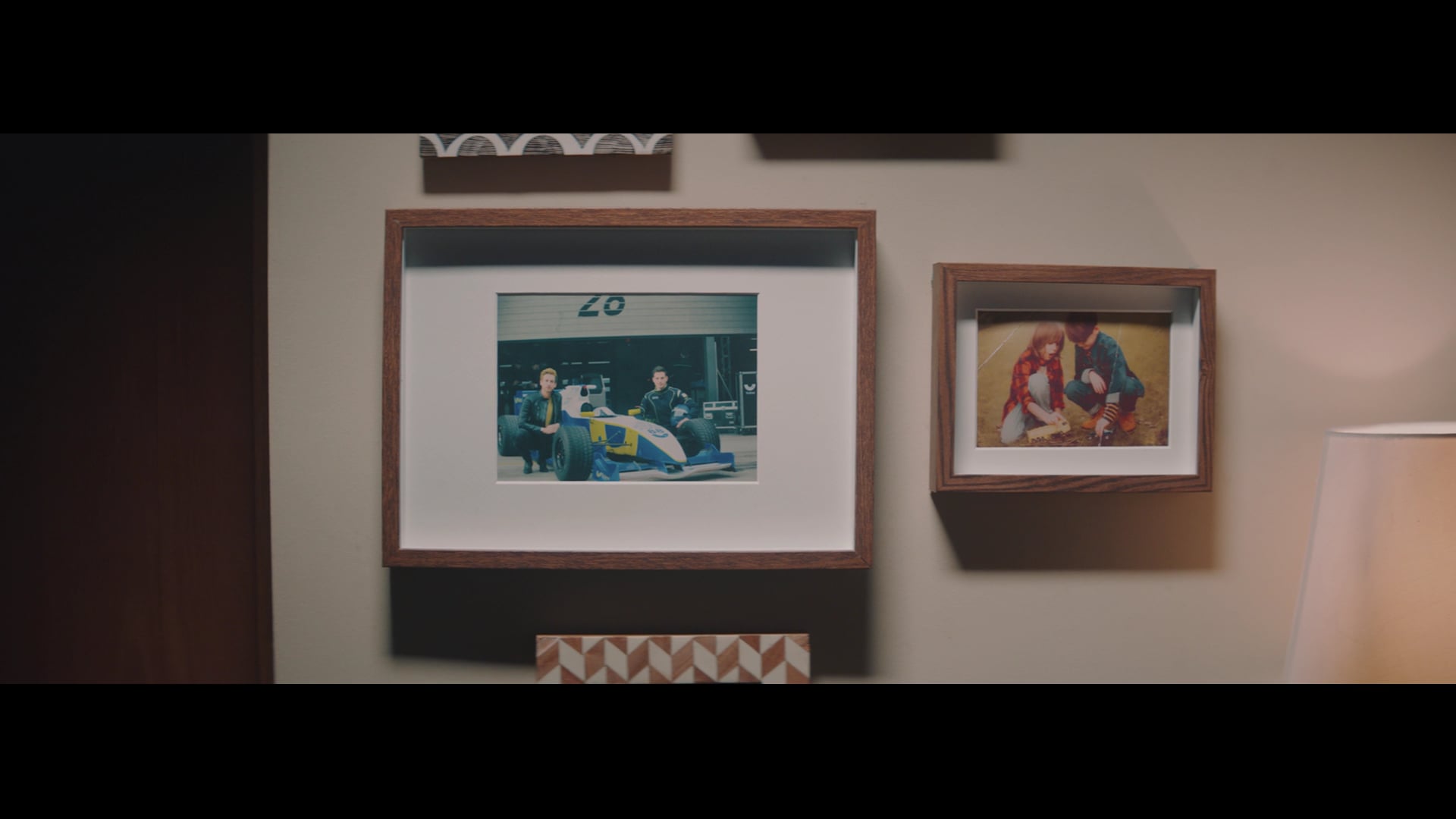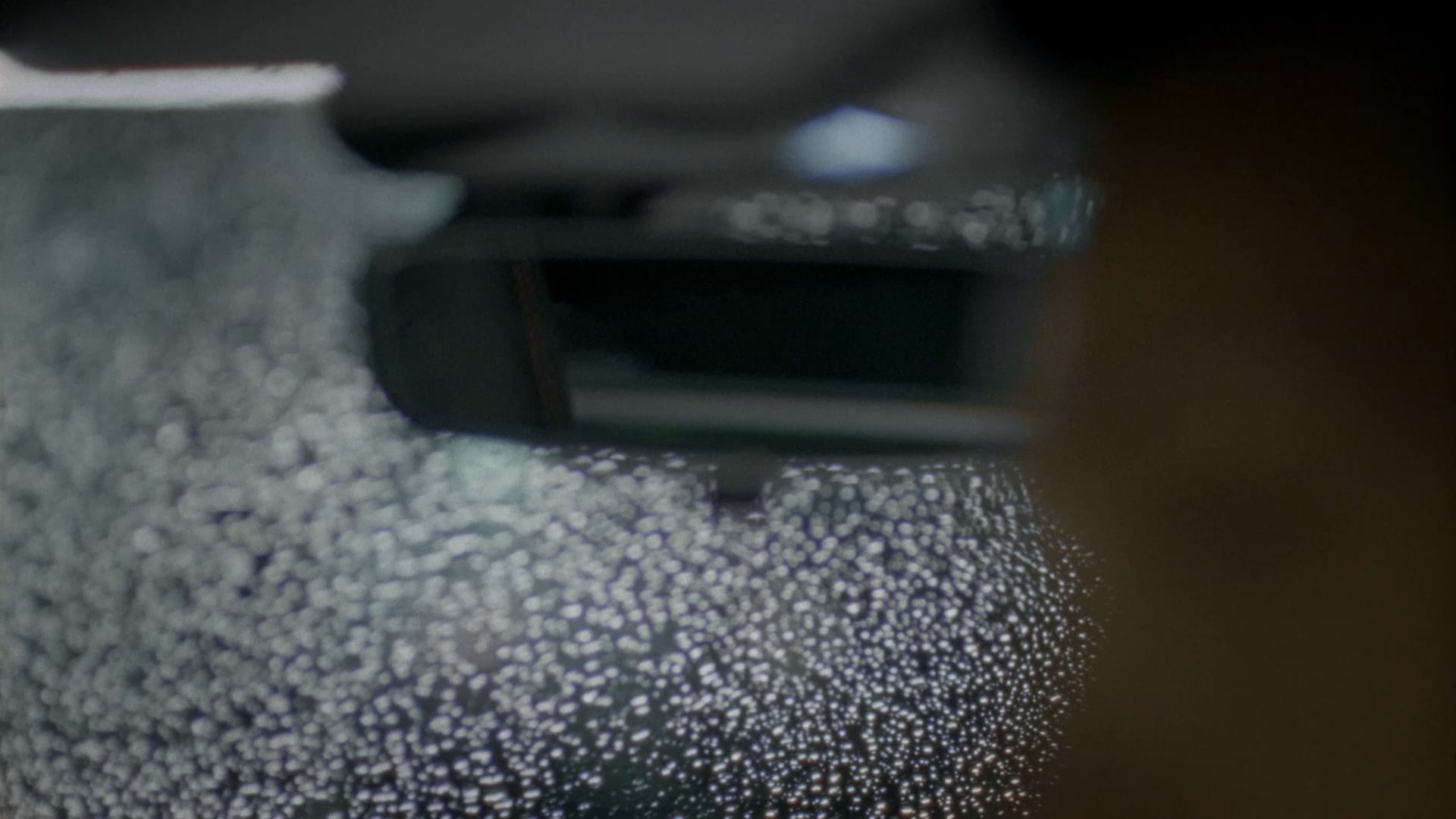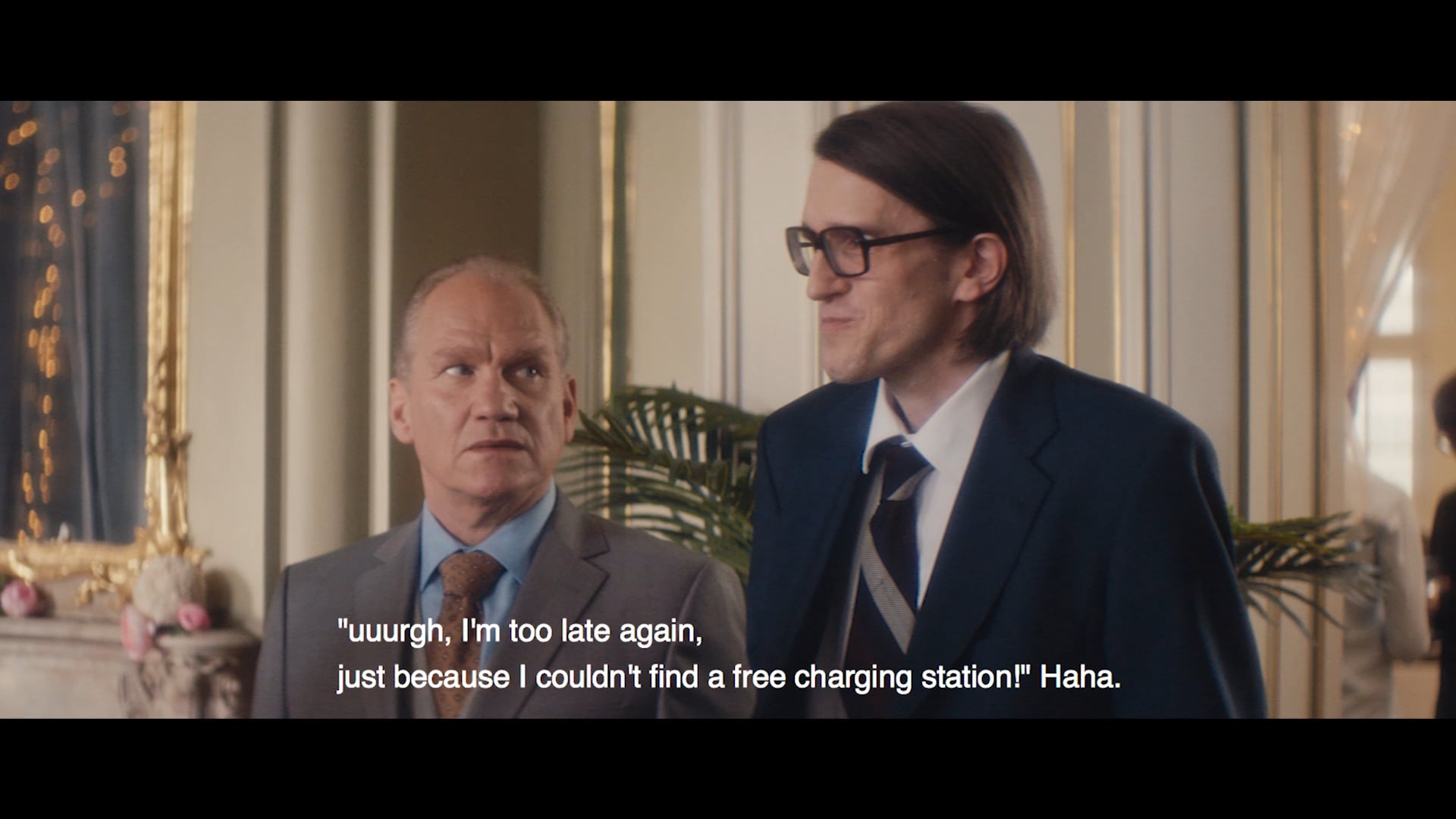THE BEAUTY
Idea/Screenplay: Pascal Schelbli
Director: Pascal Schelbli
Producer: Aleksandra Todorovic, Tina Vest
DoP: David Iskender Dinçer
Animation/ VFX Supervision: Noel Winzen, Pascal Schelbli/ Marc Angele
Editor: Pascal Schelbli
Music/ Sound Design: Alexander Wolf David, Petteri Sainio/ Robin Harff
School: Filmakademie Baden-Wuerttemberg Animationsinstitut
Country: Germany
Aura
See Below
Levi's, Made For Strength
Idea/Screenplay: Benjamin Leichtenstern
Director: Benjamin Leichtenstern
Producer: Tanja Schmidbauer, Andreas Schmidbauer
DoP: Lukas Nicolaus
Production Design: Ann-Kathrin Eberhard
Animation/VFX Supervision: Andreas Engelhardt
Editor: Benjamin Leichtenstern
Music/Sound Design: David Reichelt, Andreas Goldbrunner, Gerhard Auer
School: University of Television and Film Munich
Country: Germany
Brothers
Idea/Screenplay: Wunderman
Director: Nikolas Meyberg
Producer: Dora Su
DoP: Jann Doeppert
Production Design: Alec Wei
Animation/VFX Supervision: Gwantsi Productions
Editor: Nikolas Meyberg
Music/Sound Design: Black Math “Lapse”/ Q
School: Alumnus Lazi Akademie
Country: Germany
The Chase
Idea/Screenplay: Alexandra Kinga Fekete / Daniel Eceolaza
Art Directors: Alexandra Kinga Fekete & Thorsten Osterberger
Director: Daniel Eceolaza
Producer: Jack Sharp, Danila Teterin & Torge Hillnhütter (Spingun Films)
DoP: Moritz Mössinger
Production Design: Jack Sharp, Danila Teterin & Torge Hillnhütter (Spingun Films
Editor: Daniel Eceolaza; Jack Sharp
Music/Sound Design: Garcia Picasso/ Philipp Teterin
No Film School // Creative Agency and Production Company: Spingun Films
Country: Germany
Small Talk
Idea/Screenplay: Magali Herzog, Miguel Schmid
Director: Magali Herzog, Miguel Schmid
Producer: Mi-Ra Um
DoP: Julian Landweer
Production Design: Magali Herzog, Miguel Schmid
Animation/VFX Supervision: Magali Herzog, Miguel Schmid
Editor: Magali Herzog, Miguel Schmid
Music/Sound Design: David Stoltzenberg
School: No Filmschool // Other Young Talent
Country: Germany
Timm Volkner's credits for Aura:
Fabienne Priess not only produced the film and but also gave tremendously important input during the concept phase, which helped me to explore new perspectives for both the script and the visuals.
Jan Brett, who did the sound design, really understood what kind of emotion I was aiming for and was able to tease out and push the important elements in the sound to create the gloomy atmosphere in the film, to shock, deceive and also texturize the scenes with sound.
Having worked many times with Andreas Skandy, I trusted him to take up the protagonist's fragility and melancholy to tell her story with timeless and dreamy musical sounds. It was very important to me, that even though we see a lot of action and tension, the music would work against it. Unless you exactly know what causes them, migraines aren't fully curable in 2019. So the music stays rather calm to create a kind of an itchy acceptance of the illness. In my mind Andreas did a tremendous job in hitting that exact emotion.
Two shots were animated by Ryoji Yamada, a Japanese exchange student, who is a very gifted animator. He did the eyes-to-monster morph and the animated colours, that turn into the galaxy. Again, I never could have done those shots nearly as good as he did.
Even though it only took her an hour or two, Marisa Wojtkowiak gave that project a soul by lending her beautiful voice. Being voice directed by the wonderful Olaf Mierau she nailed the characteristics, I was aiming for in the monologue, in an instant and we were more than happy to have won her for the project.
Obviously there were many others who helped a lot with their feedbacks and perspectives, not least, the inspiring stories of other migraine patients.
